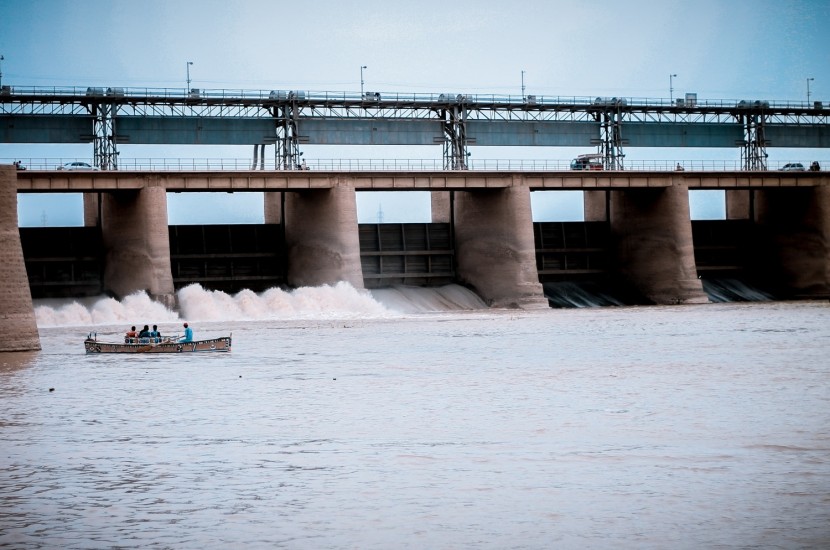
China will build the world's biggest dam in the Himalayas' foothills, where the ancient Yarlung civilization founded the first Tibetan Empire.
China's state-owned media shared their plans for a 60-gigawatt mega-dam on the Yarlung Tsangpo river in the Tibetan Autonomous Region in November last year (TAR).
Beijing has now redoubled its efforts on its hydropower projects in Tibet to achieve carbon neutrality by 2060, regardless of the criticism drawn because of the dams from Tibetan rights groups and environmentalists.
Tenzin Dolmey, who was brought up among the Tibetan exiles in the Indian country and is now teaching Tibetan language and culture in Melbourne, had never set foot on the Tibetan Plateau. Still, she had been brought up with the tales of the great rivers and mountains that formed her ancestral home.
"When we would swim in the rivers, we were told to never use it as a bathroom, because there are river gods in the water," she said.
READ : Biden Announces US Will No Longer Be Involved in the Saudi-Yemen Conflict, To Pull Out US Support
As the river represents the body of the goddess Dorje Phagmo, one of the highest incarnations in Tibetan culture, the Yarlung Tsangpo is of particular significance.
Respect for this natural world was born from the Tibetan Plateau's unique ecosystem and dates back centuries, says Tempa Gyaltsen Zamlha, the head of Environment and Growth at the Tibetan Policy Institute.
But since Tibet was annexed in 1950 by China, governed by Communist Party (CCP), Zamlha said that Tibetans had lost all words in what is happening on their land.
"We had absolutely no dams before Chinese occupation, not because we were not able to harness it, but because we had immense respect for the nature of the rivers," he said in an interview with Al Jazeera.
"The Chinese will do anything to benefit their growth and this is very frustrating because Tibetans are not consulted." he continues.
ALSO READ : Biden Does Not Want Trump To Receive Intelligence Briefings, Claims He Might 'Slip and Say Something'
World's biggest dam by China in the rivers of Tibet.
China's world's biggest dam will be built in The Yarlung Tsangpo. The river reaches heights of almost 5,000 meters (16,404 feet) above its sea level from its origin in western Tibet's glaciers. Its size makes it the highest river globally as it winds its way across the Himalayan mountain range.
The river also plunges 2,700 meters (8,858 feet) into what is known as the Grand Canyon of Yarlung Tsangpo, it creates a gorge more than twice the width of the United States' Grand Canyon.
The precipitous fall makes it especially conducive to hydroelectric power collection. Still, experts have then warned that the record-breaking dam may have political and environmental implications.
The mega-dam can produce up to three times the hydroelectric power of the current biggest dam in China, the Three Gorges, a project that has forced more than 1.4 million people to relocate.
But the displacement of residents to make way for dam projects on the Yarlung Tsangpo is part of the development, with local media stating that almost 2,000 people were displaced in 2015 to create the Yagen Hydropower Station.
According to the state-backed Global Times newspaper, the Yarlung Tsangpo dam will be installed in Medog County, which has a population of 14,000 people.








